Diane M Baumgartner
AviationGPT: A Large Language Model for the Aviation Domain
Nov 29, 2023
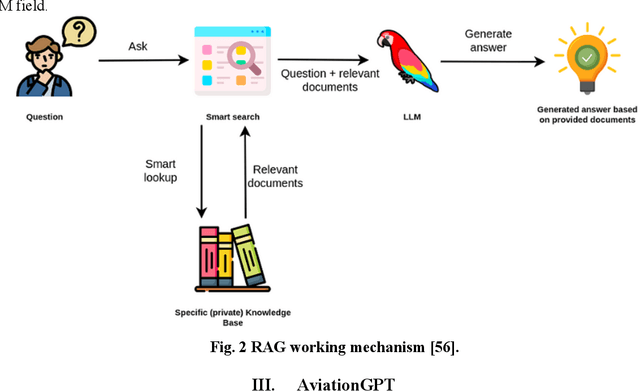

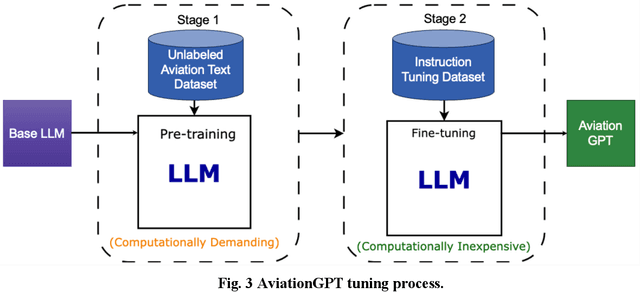
Abstract:The advent of ChatGPT and GPT-4 has captivated the world with large language models (LLMs), demonstrating exceptional performance in question-answering, summarization, and content generation. The aviation industry is characterized by an abundance of complex, unstructured text data, replete with technical jargon and specialized terminology. Moreover, labeled data for model building are scarce in this domain, resulting in low usage of aviation text data. The emergence of LLMs presents an opportunity to transform this situation, but there is a lack of LLMs specifically designed for the aviation domain. To address this gap, we propose AviationGPT, which is built on open-source LLaMA-2 and Mistral architectures and continuously trained on a wealth of carefully curated aviation datasets. Experimental results reveal that AviationGPT offers users multiple advantages, including the versatility to tackle diverse natural language processing (NLP) problems (e.g., question-answering, summarization, document writing, information extraction, report querying, data cleaning, and interactive data exploration). It also provides accurate and contextually relevant responses within the aviation domain and significantly improves performance (e.g., over a 40% performance gain in tested cases). With AviationGPT, the aviation industry is better equipped to address more complex research problems and enhance the efficiency and safety of National Airspace System (NAS) operations.
Adapting Sentence Transformers for the Aviation Domain
May 16, 2023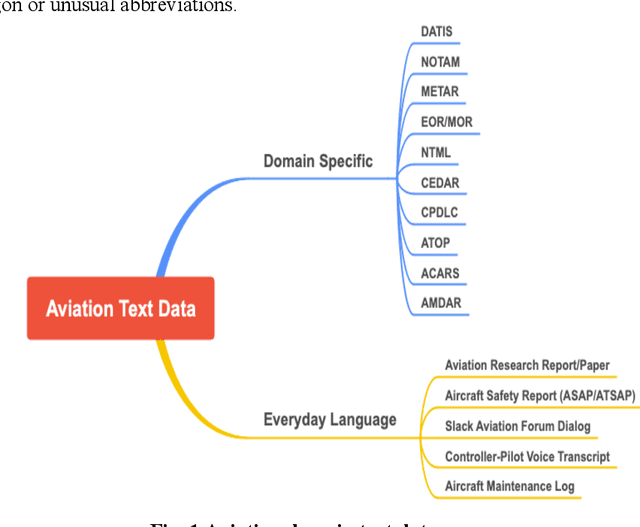

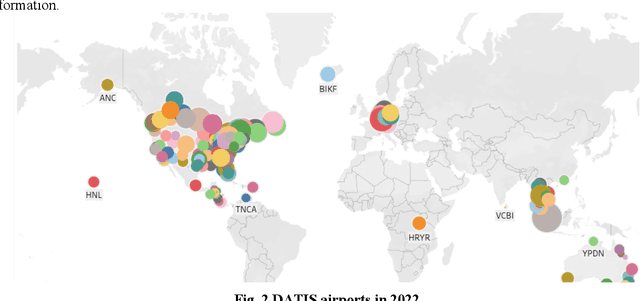
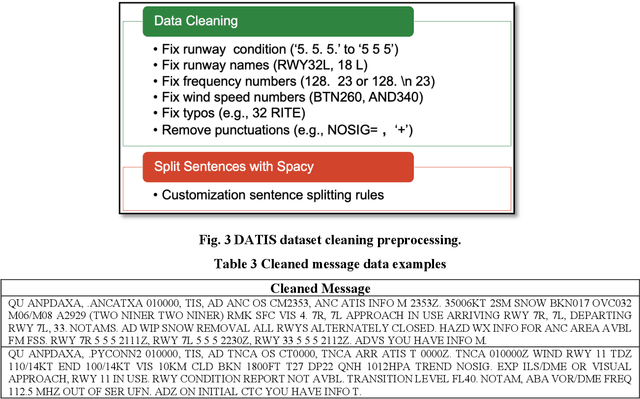
Abstract:Learning effective sentence representations is crucial for many Natural Language Processing (NLP) tasks, including semantic search, semantic textual similarity (STS), and clustering. While multiple transformer models have been developed for sentence embedding learning, these models may not perform optimally when dealing with specialized domains like aviation, which has unique characteristics such as technical jargon, abbreviations, and unconventional grammar. Furthermore, the absence of labeled datasets makes it difficult to train models specifically for the aviation domain. To address these challenges, we propose a novel approach for adapting sentence transformers for the aviation domain. Our method is a two-stage process consisting of pre-training followed by fine-tuning. During pre-training, we use Transformers and Sequential Denoising AutoEncoder (TSDAE) with aviation text data as input to improve the initial model performance. Subsequently, we fine-tune our models using a Natural Language Inference (NLI) dataset in the Sentence Bidirectional Encoder Representations from Transformers (SBERT) architecture to mitigate overfitting issues. Experimental results on several downstream tasks show that our adapted sentence transformers significantly outperform general-purpose transformers, demonstrating the effectiveness of our approach in capturing the nuances of the aviation domain. Overall, our work highlights the importance of domain-specific adaptation in developing high-quality NLP solutions for specialized industries like aviation.
 Add to Chrome
Add to Chrome Add to Firefox
Add to Firefox Add to Edge
Add to Edge